Explanation 1: “Light up”
Generally speaking, the phenomenon of “lighting up” refers to the phenomenon of “homochromatic metamerism”:
Two color samples (one standard and one comparison sample) appear to be of equal color (no color difference or small color difference) under one light source (such as D65), while they exhibit significant color difference under another light source (such as A), which is called the “homochromatic metamerism” phenomenon
For this situation, we can describe it as’ lighting up '. That is to say, whether the sample can be matched with the standard sample for color matching depends on selecting a specific light source.
The fundamental reason is that the two samples have different reflections of light (reflection spectrum curves or visible band reflectivity), so it is called “Metamerism”.
The reasons for the “abnormal spectrum” include:
ა、შეღებვისთვის გამოყენებული პიგმენტების შემადგენლობა განსხვავებულია;
B、სხვადასხვა დამუშავების მეთოდები და ა.შ.
Explanation 2: “Jumping lights”
In fact, when we talk about “Tao light” in daily life, besides the above meaning, there is another layer of meaning:
It refers to the situation where a single color sample undergoes dramatic color changes under different light sources. At this point, it can be described by “jumping the light”.
So, “jumping the light” can also be said to be a sample.
მაგალითად, CIBA-ს საღებავების ინჟინერი CIBA DEEP RED საღებავის რეკომენდაციისას იტყვის: ეს საღებავი A სინათლის ქვეშ წითლად არ იცვლება.
(ავტორი ხვდება, რომ მიუხედავად იმისა, რომ სინათლის წყარო დიდი რაოდენობით წითელ და ყვითელ სინათლეს შეიცავს, საღებავი CIBA DEEP RED დიდად არ იქნება წითელი, ვიდრე D65 სინათლის წყაროს ქვეშ.)
Post time: მაი . 10, 2023 00:00

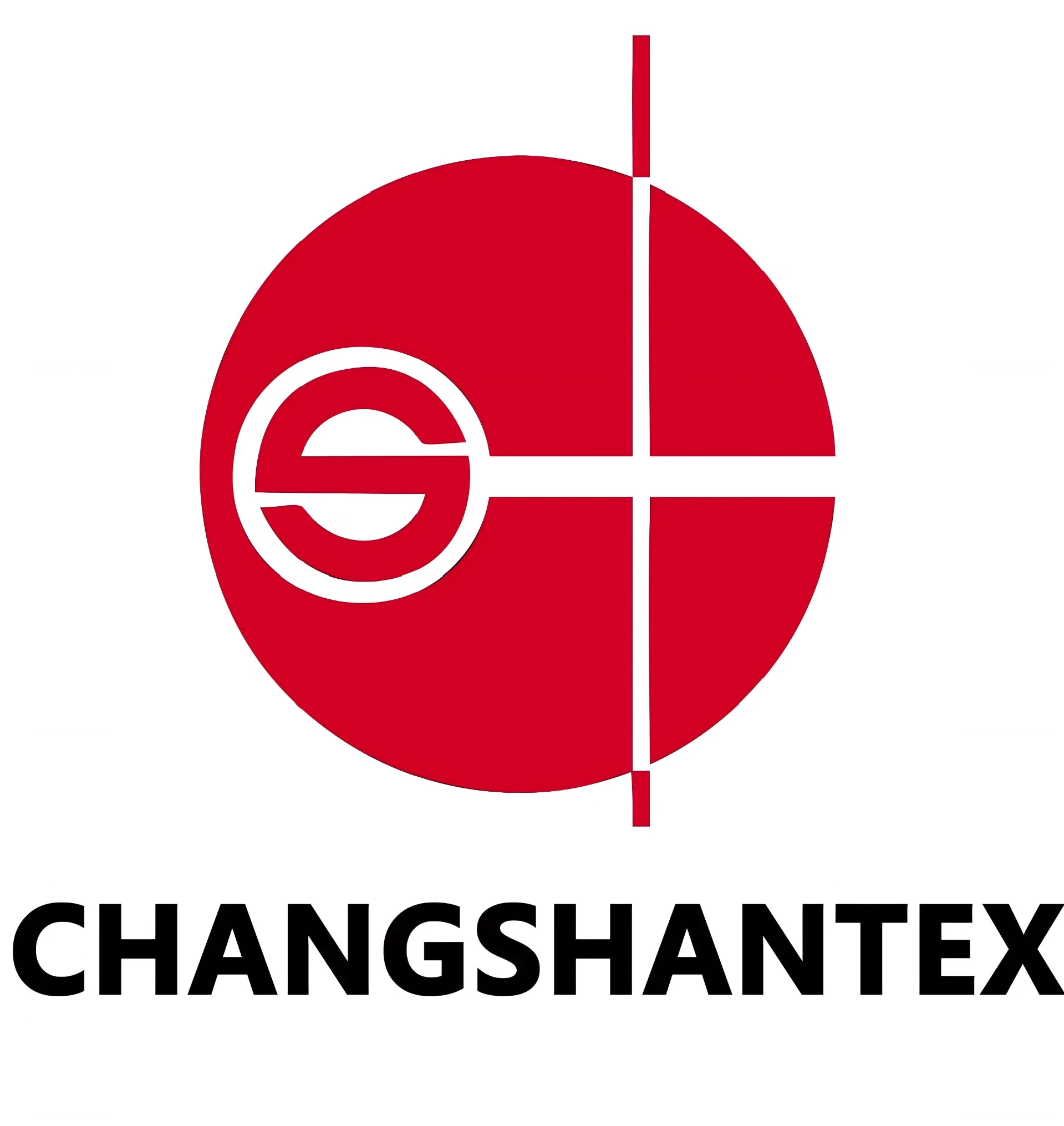



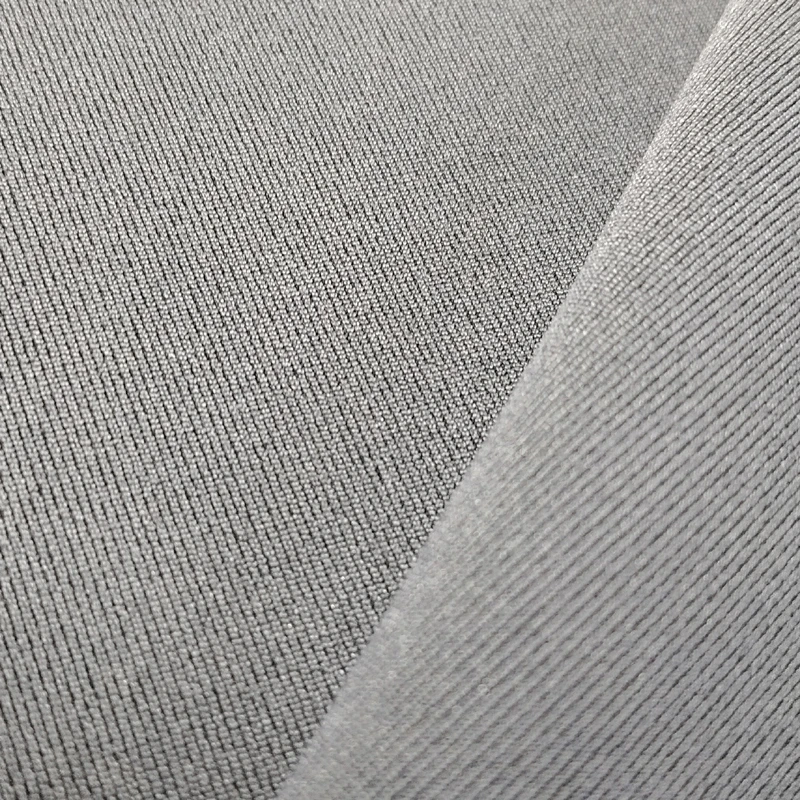



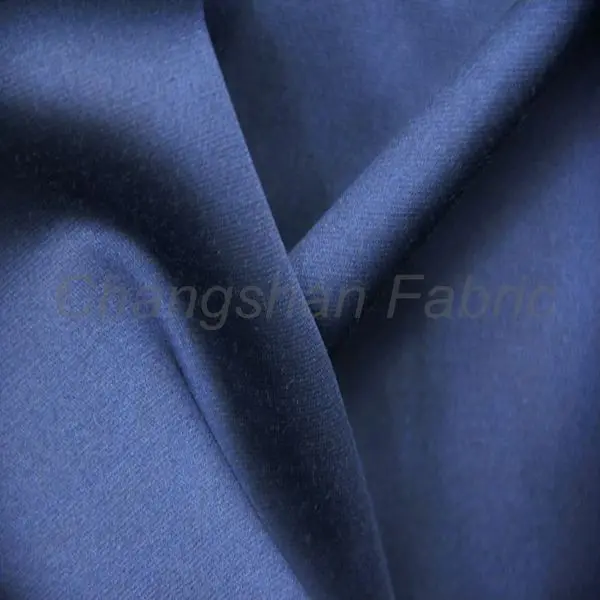
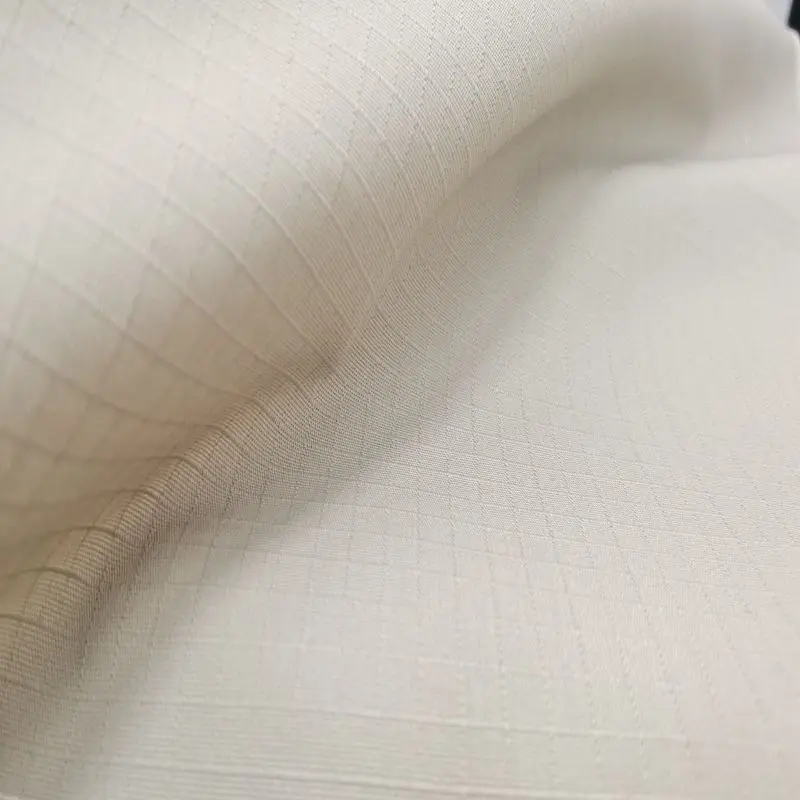





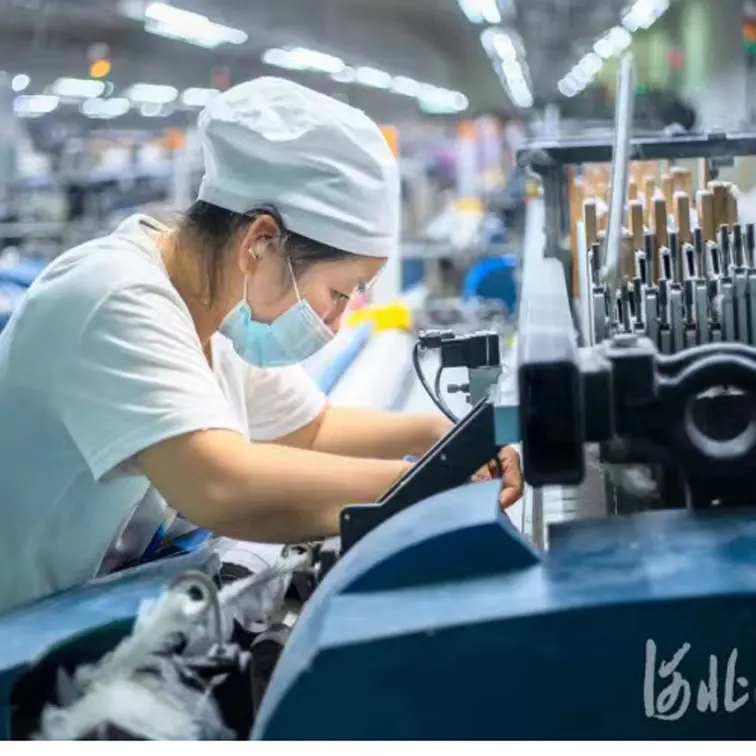



 კანისთვის უსაფრთხო
კანისთვის უსაფრთხო მრავალმხრივი
მრავალმხრივი გამძლე
გამძლე გარანტირებული
გარანტირებული
